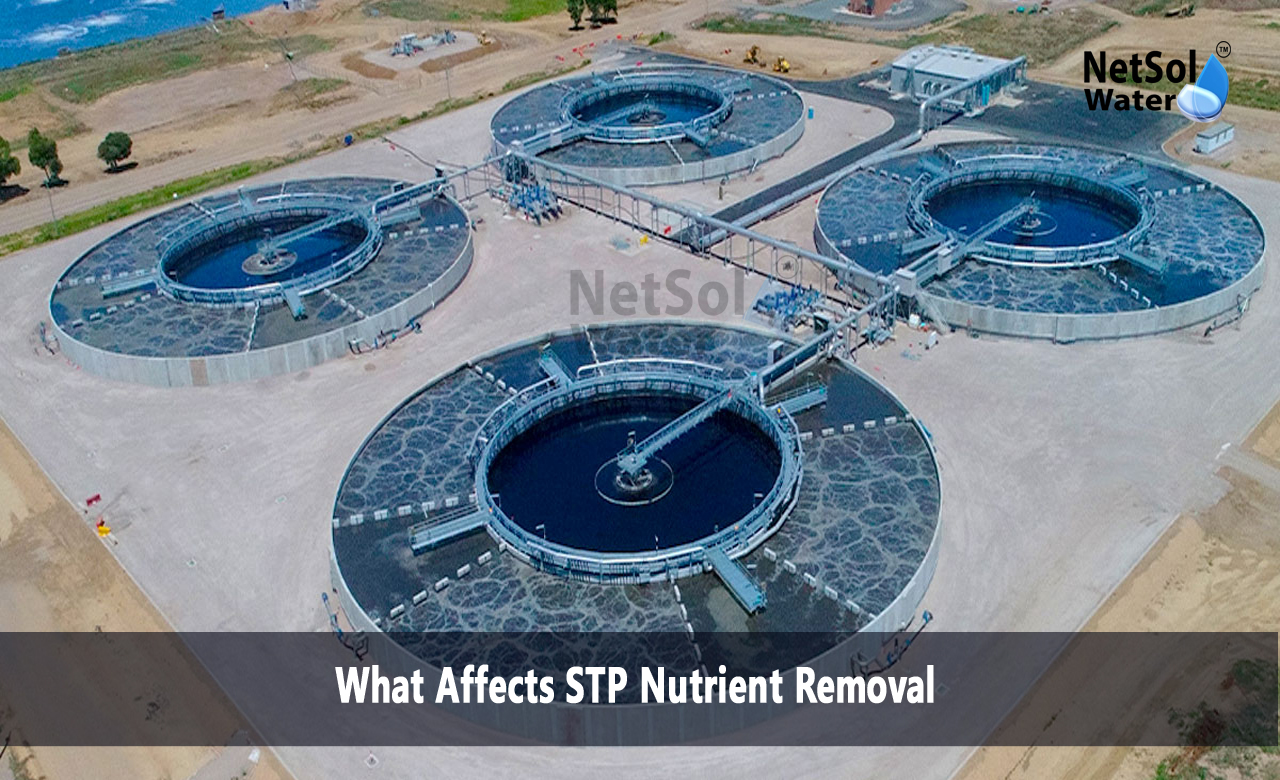What Affects Sewage Treatment Plant Nutrient Removal?
Wastewater treatment plants remove nutrients from water to keep water safe for life. Many cities use these plants to protect public health and the environment.The design and operation of a plant play a key role in the removal of nutrients. The quality of water that enters a plant and the treatment methods used work together to achieve a clean output. A plant that is well built and maintained can perform better in removing unwanted nutrients. Netsol Water is the leading Sewage Treatment Plant Manufacturer, and they show how a good plant can work well to remove nutrients.
Plant Design and Configuration
A proper design gives a plant a chance to work well each day. A plant that uses a simple layout can achieve its goals if every part works smoothly. The layout of the plant makes it easy to move water from one treatment step to the next. A plant that has been planned with care uses chambers that support physical, biological, and chemical processes. Each chamber helps in reducing nutrients and works in synchronisation with the others. Engineers plan the flow of water so that there is enough time for treatment in each section. This thoughtful design improves nutrient removal and helps the plant perform better. The design also affects the choice of treatment steps and the type of equipment used. Netsol Water builds plants that show how design can shape the removal process.
Biological Process Efficiency
Microbes work in a treatment plant to break down nutrients. A plant that supports healthy microbial life achieves a high performance in cleaning water. Microbes eat up unwanted nutrients and change them into less harmful forms. Their work is the backbone of a treatment process that removes nitrogen and phosphorus. The temperature of water and the amount of oxygen available shape how these organisms perform. Plant managers monitor the levels of oxygen and temperature to keep the process steady. The clear presence of these living elements helps the plant meet its targets. A steady stream of microbes makes the process more effective and speeds up nutrient removal. The treatment plant uses biological methods that work in steps to break down the matter and to change the nutrient levels.
Chemical and Environmental Factors
Chemicals and the environment also shape how well a plant removes nutrients. The water that enters a plant carries many chemicals that can help or hurt the process. The treatment process may use chemicals to help in the removal of excess nutrients. A change in the chemical balance of water can affect how fast the process moves ahead. A plant that treats water under the best chemical conditions shows a higher removal rate of unwanted nutrients. Temperature and pH play a part in these chemical reactions. The best temperature for chemical reactions helps the process run smoothly. A balanced pH makes sure that the chemicals in the plant act in a predictable way. These factors work with the design and the biological elements to give a strong removal rate. The environment around the plant also shapes how the treatment works. Weather and seasonal changes can change the water temperature.
Operations and Maintenance Practices
Good operation and maintenance practices support a plant that removes nutrients well. Every part of the treatment plant needs careful attention from skilled staff. A treatment plant that works well needs regular checks and cleaning. A team that takes care of the plant ensures that water moves correctly through every treatment stage. They check the systems that monitor water quality and use these checks to make changes that support the process. Regular maintenance gives the plant a longer life and makes sure that unwanted nutrients do not return to the output water. The focus on proper operation adds to the overall performance of the plant.
Conclusion
What affects STP nutrient removal? Every step in the process counts and each part of the plant plays a role in achieving clean water. A strong plant design, healthy biological processes, steady chemical and environmental conditions, and good operation and maintenance practices all work to remove unwanted nutrients. What affects STP nutrient removal? brings our attention to how simple steps can make a large difference in water treatment. Netsol Water is the leading STP Plant manufacturer and they makeplants that show how each factor can work well in a treatment process. We invite you to get in touch with us if you want to know more about the details we have covered. Do not hesitate to ask for more information or request a consultation.
Contact Netsol Water at:
Phone: +91-965-060-8473, Email: enquiry@netsolwater.com



